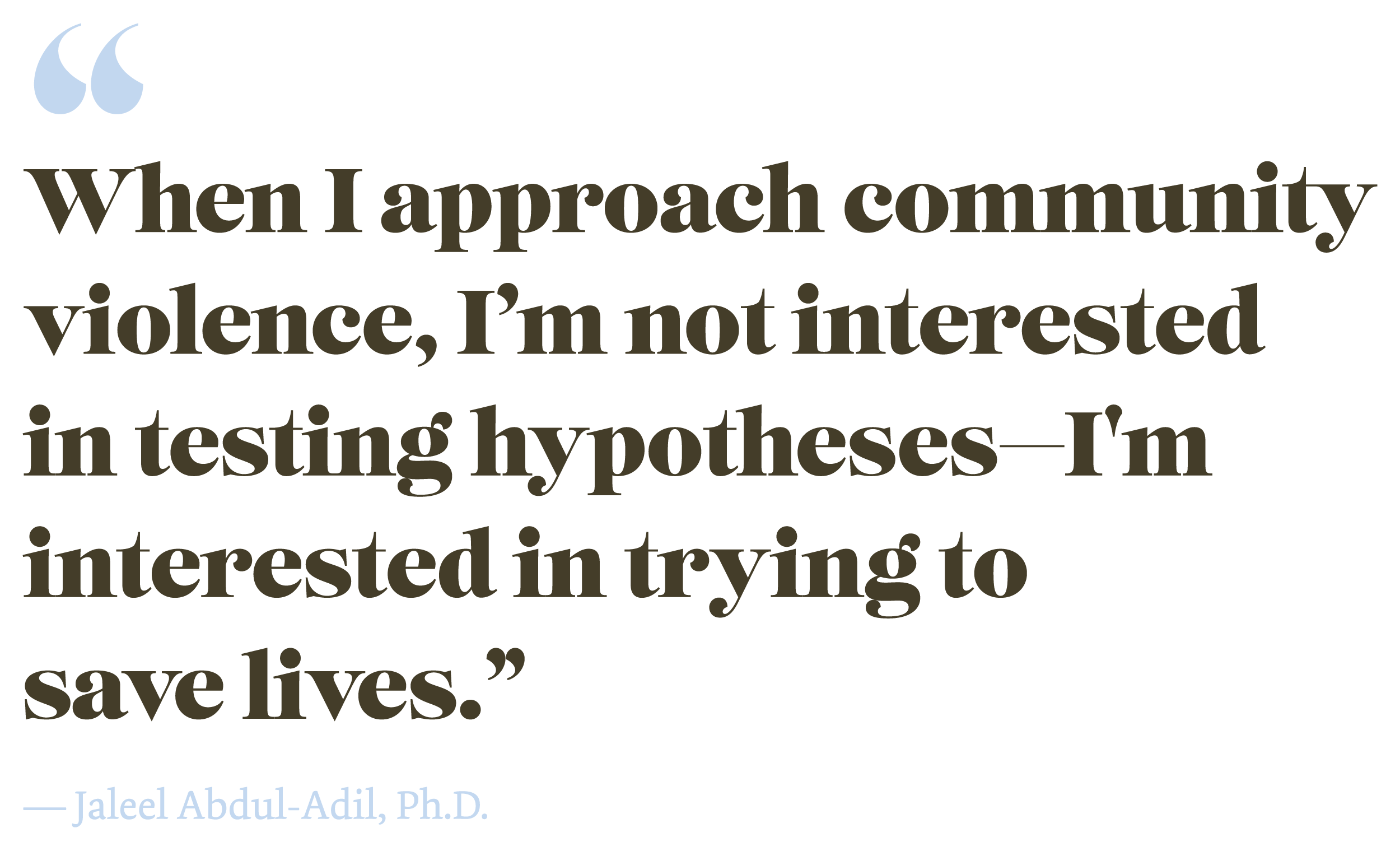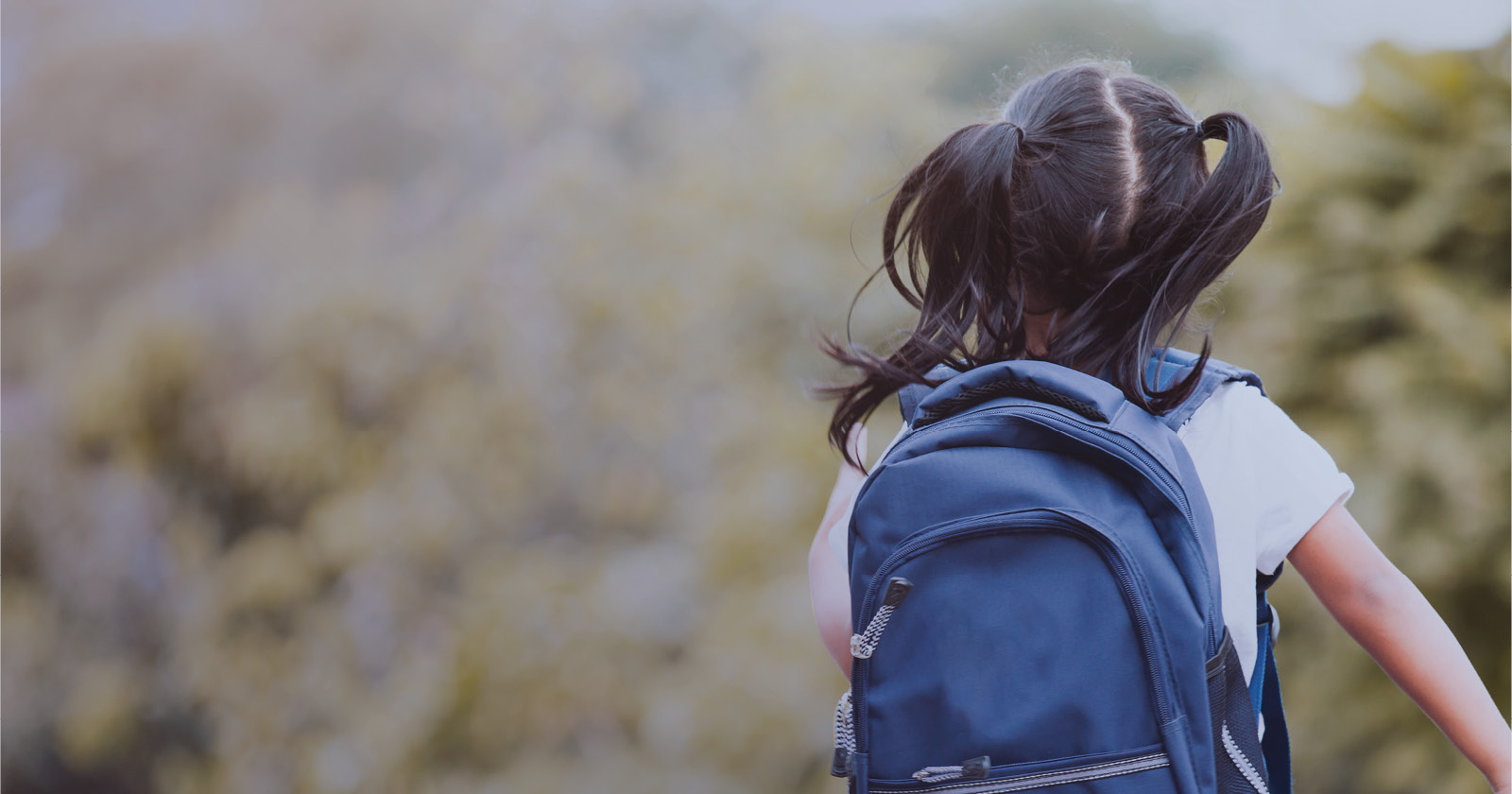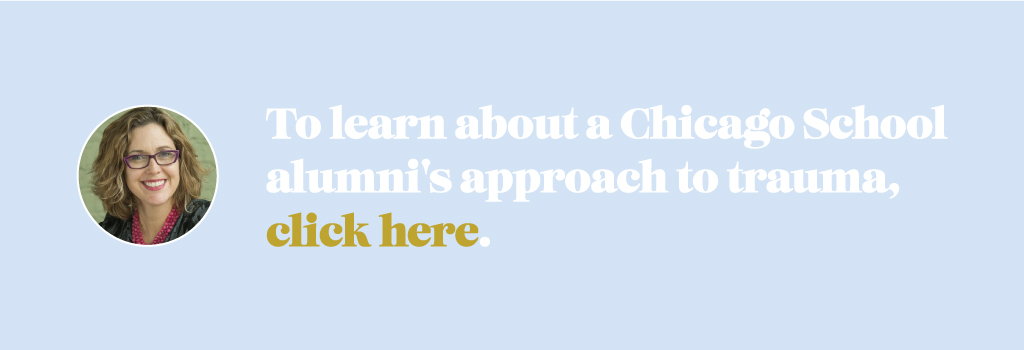It was a long time coming: On June 25, President Joe Biden signed the Bipartisan Safer Communities Act into law, seizing the momentum that followed shootings in Uvalde, Texas. Sadly, only two weeks later, a gunman in Highland Park, Illinois, killed seven people and wounded dozens more—an immediate reminder that legislation can only do so much in a country where guns are plentiful. With provisions that fund red-flag laws and background checks at the state and local level, it is possible that the Bipartisan Safer Communities Act will lessen gun violence. But there is no question that the law will bolster a mental health system in dire need of support—a victory in itself.
According to the office of Connecticut Sen. Chris Murphy, who led the negotiations to support the bill, the legislation allocates billions in federal funds to “support national expansion of community behavioral health center model; improve access to mental health services for children, youth, and families through the Medicaid program and CHIP; and increase access to mental health services for youth and families in crisis via telehealth.” (For a detailed rundown, see sidebar page 20.)
That’s a lot of money going toward foundational elements of the country’s mental health system. But, of course, there’s a lot of work to be done. And it won’t all be performed by people with Psy.D. or Ph.D. after their names.
“This isn’t a problem that’s going to be solved by one therapist talking to one person in an office,” says Jaleel Abdul-Adil, Ph.D., professor of clinical psychology at The Chicago School. “Too often mental health focuses on who’s got a problem that’s going to become a bigger problem when it should be focused on how to prevent the stresses that eventually turn into problems. As a mental health provider, this may sound blasphemous, but it’s not really about mental health—it’s about community health and wellness.”
Indeed, in his 2022 book “Healing: Our Path from Mental Illness to Mental Health,” Thomas Insel, MD, points out that our nation has a “mental sick-care system, designed to respond to a crisis but not developed with a vision of mental health that is focused on prevention and recovery.” Dr. Insel, a neuroscientist who served as director of the National Institute of Mental Health, echoes Dr. Abdul-Adil’s point: “Health care itself explains only about 10% of health outcomes. The same is true for mental health. We now understand that social factors (your ZIP code, not your genetic code) and lifestyle choices (how you live, not how many medications you take) are much more important for health outcomes than your specific diagnosis or health care plan. We must widen the way we think about the problem.”
!["I like to tell my students [that] therapy takes an hour, but it only takes seconds to be theraputic." A quote from Robert Foltz, Psy.D.](https://www.thechicagoschool.edu/insight/wp-content/uploads/2022/12/TCSPP_INSIGHT-Winter-2023_Digital_Safer-Communities_Quote-1.png)
Going Through the PACES
“One of the most critical factors in trauma are what we call protective and compensatory experiences or PACES,” says Robert Foltz, Psy.D., associate professor in The Chicago School’s Department of Clinical Psychology. “That means having a safe space, having friendships, feeling connected to the community, and feeling like you have a purpose. Trauma exposure is horrible, but when we look at people who recover from trauma really well, we typically see these protective and compensatory experiences act as a buffer. And, sadly, COVID-19 has taken a sledgehammer to those relationships.”
The foundational power of those connections is even more important in a community where residents lack health insurance and lack the money to pay for therapy out of pocket. Add to that the long-held stigma against seeking mental health care and long waiting lists at the community mental health centers that are effectively serving residents. In these cases, help may have to come in a side door.
“Schools are hugely important in addressing mental health because mental health issues are generally recognized in younger people,” Dr. Foltz says. “I like to tell my students [that] therapy takes an hour, but it only takes seconds to be therapeutic—a little thing like a teacher saying hello to a student in the hallway may be the most important interaction that child has all day. But if we expect more of schools, then we need to give them resources, because teachers are already at their breaking point, and if they can’t take care of themselves, they can’t look out for others.”
Fortunately, the Bipartisan Safer Communities Act sets aside billions of dollars for schools. Dr. Foltz insists every member of the school’s staff needs to be trauma-informed—it’s not enough to rely on a few counselors or a nurse. He also believes significant funding should go toward making schools more inviting places, which may mean spending money on air conditioning, a new paint job, even pizzas for parents who attend an evening training on childhood trauma. Dr. Foltz sees these “creature comforts” as one element of trauma-informed therapy, which isn’t as widely practiced as it should be, even among the mental health professionals. In 2021, Dr. Foltz’s students surveyed every doctoral program accredited by the American Psychological Association (APA) and found fewer than 10% required a course in trauma.
If schools can become a kind of hub for health, education, and opportunity, continually serving up critical information without any stigma attached, parents are more likely to open up and tell an educator, “I think my kid might be struggling—what can we do about it?’”
Of course, that’s just the beginning.

Meeting Them Where They Are
“Working with trauma in children is one of the most difficult things for any therapist because the issues can’t simply be handled by talking to a child in the therapy room,” says Michelle Cutler, Ph.D., associate professor at The Chicago School and head of her own private practice.
Dr. Cutler explains that working with children often reveals that the entire family may have been traumatized—and that trauma can affect a parent’s ability to connect to their child: “If you’re working with kids, there are times you can only go as far as the parents will allow you,” she says. “And as a psychologist, you can’t just tell the parents what to do—you have to figure out why they’re not doing it.”
Dr. Cutler says the isolation wrought by COVID-19 has prevented many children from progressing through developmental phases—a factor that’s especially damaging for children who have experienced trauma. “With all the grief and loss people are experiencing with COVID-19, I sometimes think, how can we get this all done in an hour a week?” she says. Dr. Cutler tries to address the challenge by assembling a small team of therapists to engage with the entire family, whenever feasible. She also partners with local community mental health groups, sees clients on a sliding scale, and simply accepts that payments from Medicaid and insurance are often delayed by months.
In the wake of Black Lives Matter, Dr. Cutler has also worked to make sure that her therapists look more like the people she hopes to serve.
“I recognized that if I’m just hiring white students who can afford to attend doctoral programs, that’s going to limit my practice,” she says. “As a white woman, I’ve worked with plenty of clients who are people of color. It definitely helps clients to see a clinician who looks like them. Even if a white therapist is working with a white patient, that therapist will provide better treatment if she’s able to consult with people who have different world views.”
Dr. Abdul-Adil takes it a step further, as a Black man who considers himself a member of the same communities he serves: “If you walk into another community and tell people to start doing everything different from the way they’ve done it—abandoning the things that have helped them survive to this moment—they’re not going listen,” he says. “But if you have relationships, and you can say, put that history aside for a moment, and let me tell you why this is important, as someone speaking with your best interests in mind, they’re a lot more likely to listen.”
Approaches that work in one part of Chicago may not work on the other side of town—not to mention the suburbs or another city 1,000 miles away. And some approaches may even bend the rules of professionalism, whether that means helping clients get to and from therapy or engaging reformed gang members in outreach efforts in spite of prohibitions against their employment.
Dr. Abdul-Adil believes universities are uniquely positioned to bridge the gap between tested solutions and community-level connections. “Universities don’t have the same responsibility for community safety” he says. “They have more responsibility.”
“When I approach community violence, I’m not interested in testing hypotheses—I’m interested in trying to save lives,” Dr. Abdul-Adil says. “That means I’m building off a research foundation and making adaptations based on culture and context and what works—and that includes having to, if not embrace, at least collaborate with some of the very same young people and adults in these communities who were part of the problem and who now want to be part of the solution.”
The ways to measure the impacts of those interventions also says a lot. The beat cop wants to see fewer calls and the judge wants to see fewer people in the courtroom, but the community member just wants to feel safe. Safety isn’t as easy to quantify as number of arrests, but the former has a direct impact on the latter—and it’s a much more reliable measure of the community’s health.
Room for Improvement
“As Tom Insel says so well in his book, ‘Healing,’ our profession has produced some stunning advances in the last 30 or 40 years, but we’re not achieving outcomes commensurate with the number of interventions we’re providing,” Dr. Foltz says. “Our suicide rate has continued to go up, our disability rates have continued to go up, and we have more people diagnosed now than ever before. I’m a firm believer that therapy helps, but we need to do far more because we’re not achieving the outcomes that people deserve.”
“Solving the problems around guns and trauma is all about preventing the conflicts that contribute to violence, not just saying let’s find the people who have been in similar situations and lock them up,” Dr. Abdul-Adil says. “A focus on law enforcement and punitive measures never would have stopped Highland Park. But if we can build a protective web, a sense of safety, and mutual respect, and if we fund the things that help change the culture, while limiting the things that contribute to violence—one of which is guns—that will make a difference.”
Dr. Abdul-Adil shares the 2013 story of Antoinette Tuff, an administrator at an elementary school outside Atlanta, Georgia, who miraculously talked a 20-year-old gunman out of harming hundreds of students. “That woman stopped a young man who was about to shoot up a school,” he says. “Her story shows us, it’s not a good guy with a gun who stops a bad guy with a gun—it’s one human being reaching out to another human being.”

The Bipartisan Safer Communities Act is the first piece of gun-control legislation in nearly 30 years. Here’s a quick rundown of the financial investments in Americans’ mental health:
![]()
Up to $2 billion for schools, including more than $500 million for school-based mental health services and $500 million for mental health staff and counselors;
![]()
$750 million in funding for states to implement and improve red-flag laws, which allow governments to temporarily remove firearms from troubled individuals;
![]()
$300 million in additional funding for the STOP School Violence Act, which funds evidence-based programs to help schools, states, and tribes prevent violence before a weapon enters a school environment;
![]()
$250 million for community-based violence intervention;
![]()
$150 million to support implementation of the 988 Suicide and Crisis Lifeline;
![]()
$120 million over four years to train first responders who may encounter individuals with mental disorders;
![]()
and $60 million over five years for mental health training for primary care clinicians who treat children and youth.
Learn more about The Chicago School
To learn more about academic programs at The Chicago School, fill out the information below to request more information. You can also apply today through our application portal here.


